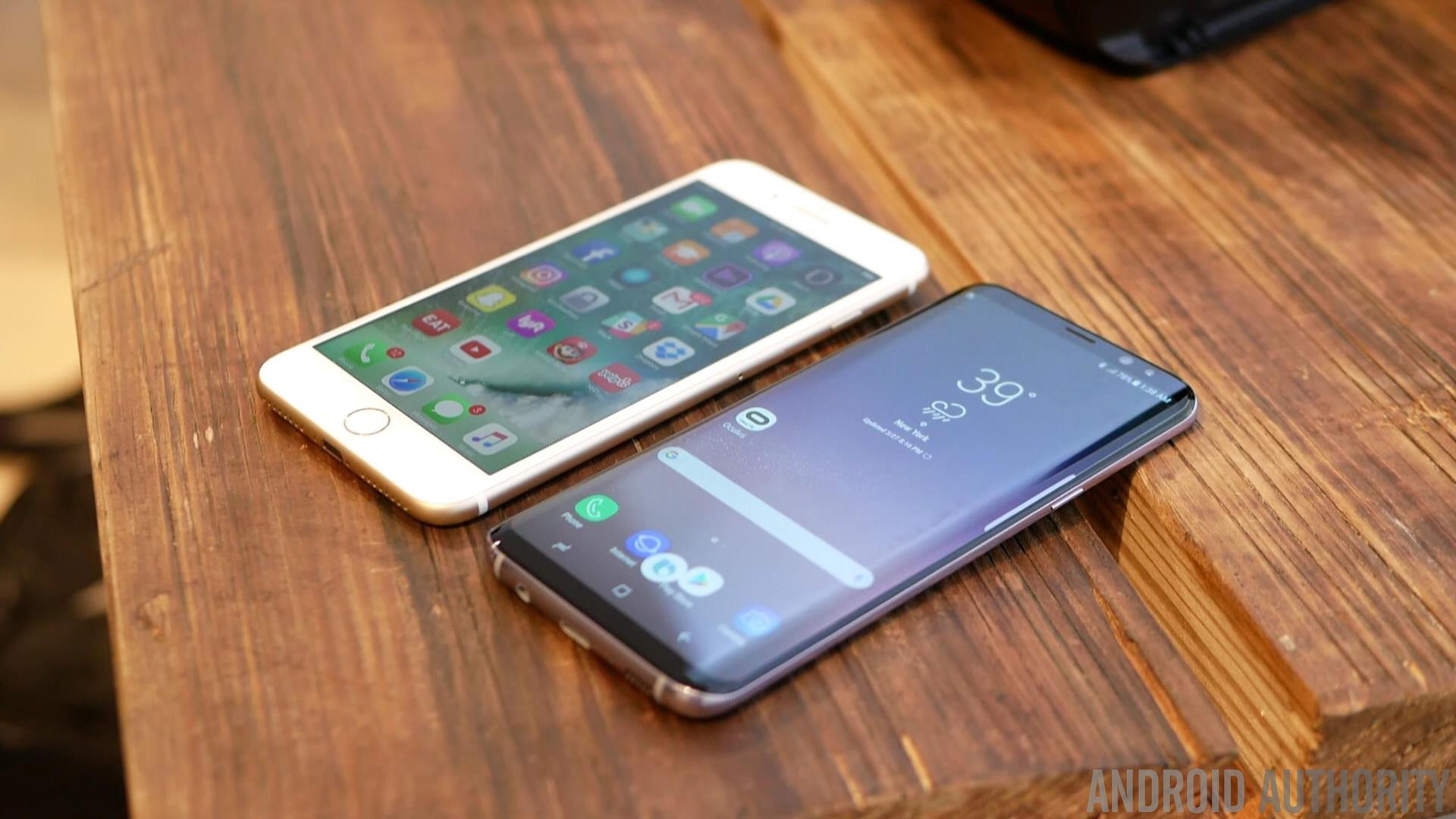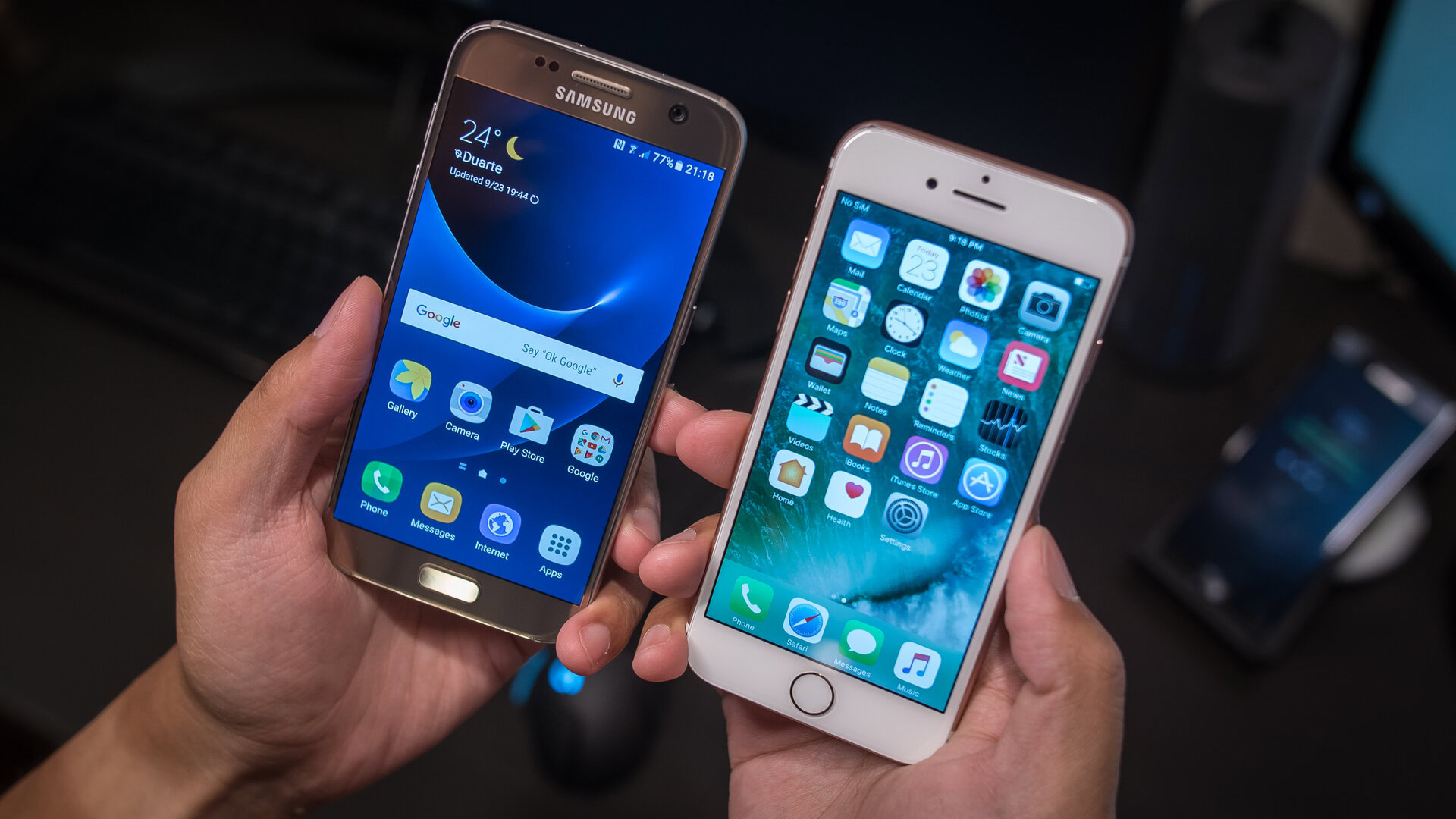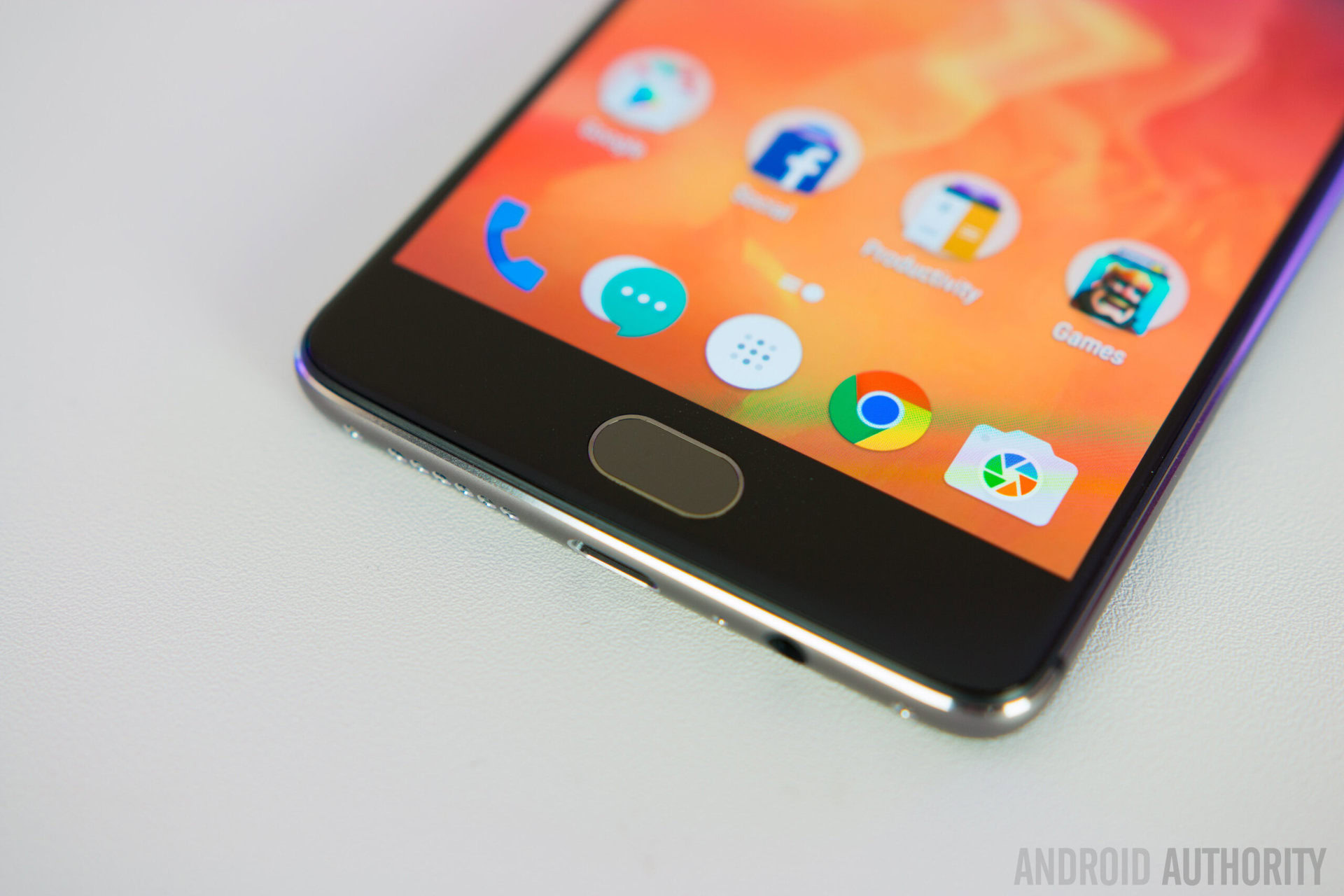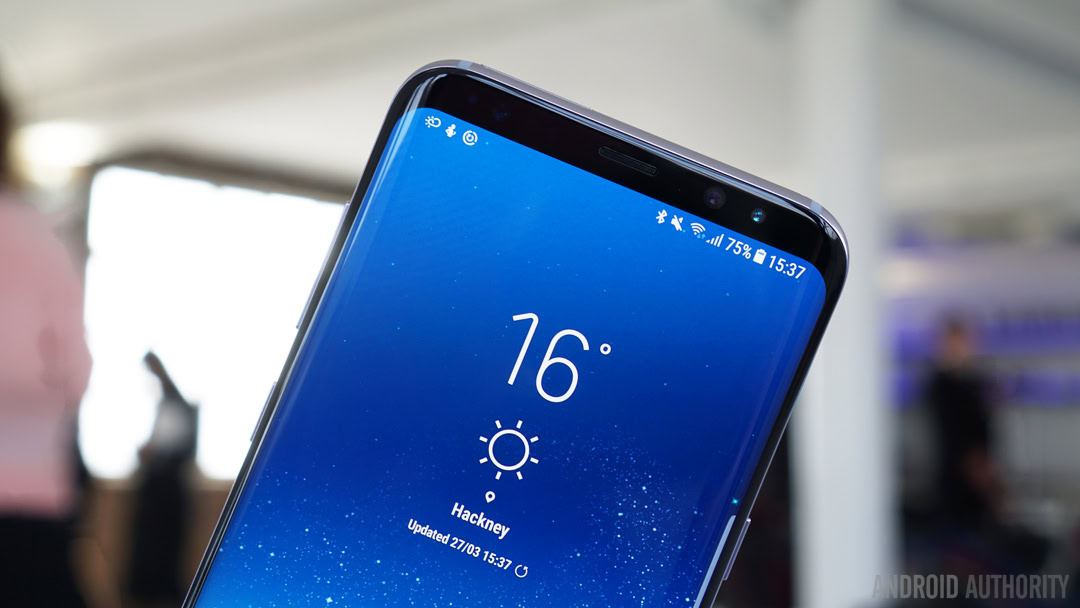Affiliate links on Android Authority may earn us a commission. Learn more.
Is an OLED supply crunch coming?
April 10, 2017

News earlier today suggests that Google is looking to sure up some additional OLED production over at LG with a cash boost of $880 million (1 trillion won). While unconfirmed by either party, the rumor suggests that at least one major smartphone manufacturer is becoming a little concerned about the display supply outlook over the coming year or more and there are several indications that an OLED supply crunch could be on the way.
One of the largest potential contributing factors to a shortage of OLED availability is the upcoming iPhone 8. Apple has long been rumored to finally be making the move over from LCD to OLED display technology and, of course, such a move would immediate add millions of additional orders into the OLED supply chain. A report earlier in the year suggested that Apple would require around 14 percent of Samsung’s production capabilities to fulfill projected demand for its iPhone 8.

Samsung is expected to be the sole display manufacturer for the iPhone 8, and Apple could take up 14 percent of the company's production capabilities. This would make it tough for other OEMs to find sufficient supply.
Samsung is expected to be the sole display manufacturer for Apple’s iPhone 8, as it’s currently the largest small form factor OLED panel manufacturer. Samsung is estimated to use up about 56 percent of the market’s OLED panels for its range of Galaxy smartphones, including its Galaxy S flagships and A series mid-range phones. Between its own requirements and a big order from Apple, Samsung’s other partners, which include OPPO, vivo, and others, may have increased competition for panel contracts.
After accounting for its own demand and the Apple rumor, Samsung is estimated to only have enough capacity left for 50 million AMOLED panels for other manufacturers in the next year or so. This is likely behind Google’s decision to approach LG rather than the market leader. LG has been investing heavily to ramp up its OLED production line in order to catch up with Samsung, but there are likely still some supply contracts up for grabs.
Google’s reported $880 million investment would be enough for LG to build a new production line dedicated to mobile panels. The company already has two flexible OLED plants, which LG has announced serious investments into already this year. It’s been suggested that Google’s request could be manufactured at the E5 plant in Gumi City, South Korea. LG is currently the largest manufacturer of large TV OLED panels, but it still catching up with Samsung’s lead in mobile panel sized production. Samsung currently accounts for 95 percent of mobile OLED market.

The other major factor putting a squeeze on OLED supply is the falling production costs and improved yields, which have brought the costs of this technology down to the price of traditional LCD. Last year the prices between these two mobile display types became compatible, leaving mid-range manufacturers in particular with more options to consider. A number of lower cost smartphones have already shipped with OLED panels, but these have been quite reliant on excess supply from Samsung.
The falling cost of OLED panels has increases OEM interest, which has put additional pressure on the supply chain.
This extra demand from the mid-tier combined with major orders from big players is likely to reduce the availability of these panels, especially from the largest manufacturers. This is already having a knock-on effect for smartphone manufacturers. ASUS is reportedly struggling to secure display supply from Samsung for its mid-range products. The company has instead turned to Chinese panel manufacturers like Tianma Micro-electronics and BOE Technology Group to find the units it needs. However, these panel producers aren’t expected to come online in a meaningful way until 2018, and even then yields will take time to bring production into full swing.
According to industry reports, OPPO and vivo have managed to secure supply from market leader Samsung, but HUAWEI has not been able to guarantee a share that meets the company’s requirements. If true, HUAWEI may be able to source additional units from other manufacturers or simply limit OLED technology to its flagship models, but it could also be faced with the choice of simply having to pick LCD instead. HTCis another major manufacturer rumored to be interested in picking up OLED technology for its handsets, but has been similarly out of luck.

Overall, global OLED demand is expected to climb around 44 percent this year, meaning that the industry will need to produce some 530 million units throughout 2017 to avoid a shortage. Despite major investments, the supply chain isn’t expected to grow quickly enough to leave manufacturers the 10 percent buffer typically required to cater for any swings in demand. In other words, better than expected demand for a major smartphone release, such as the Galaxy S8 or iPhone 8, or factory issues could result in a supply shortage.
For us consumers, a display supply shortage could mean a number of things. Firstly, that we may not see as many smaller manufacturers offering smartphones with OLED displays this year, as the larger manufacturers buy up supply contracts from Samsung. Although, smaller runs may still be able to find supply from some of the smaller Chinese display manufacturers. Secondly, a highly successful launch of the Galaxy S8 or the rumored OLED iPhone 8 could potentially lead to handset shortages. Of course these phones aren’t launching at the same time, and the companies will have set aside units and production capacity to cater for expected sales. However, we’ve seen companies have to delay launches in certain regions in the past when exceedingly high demand outstrips supply.
Fortunately an OLED supply shortage should only be short lived, with a two year projection seemingly the worst case scenario. Samsung and LG are investing heavily in additional production lines that will increase output later in 2018. Furthermore, a number of Chinese panel manufacturers will be increasing their own output substantially in 2018 too, meaning that we could see a lot more OLED and AMOLED smartphones in the coming years.